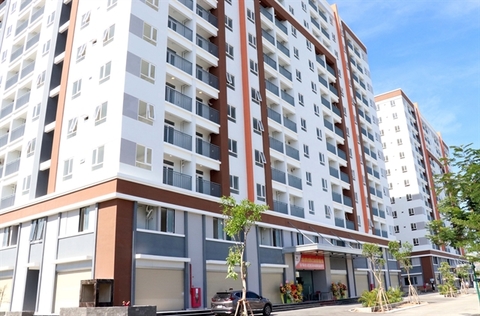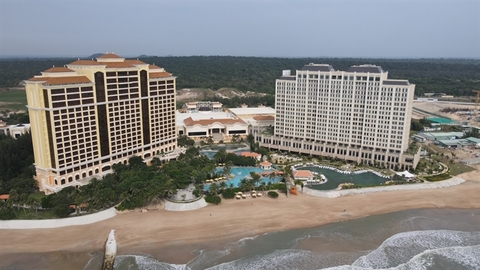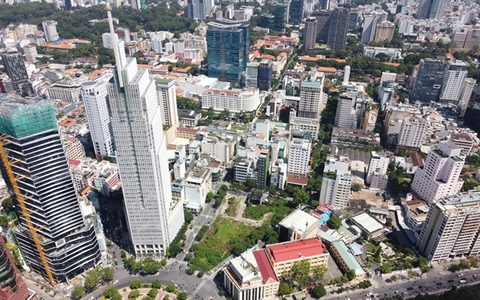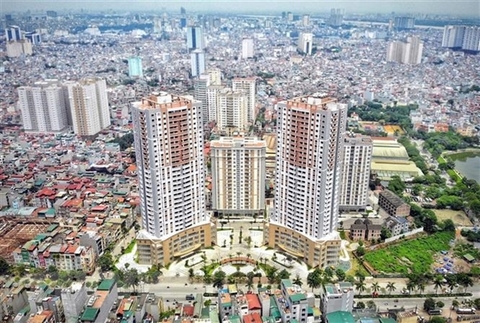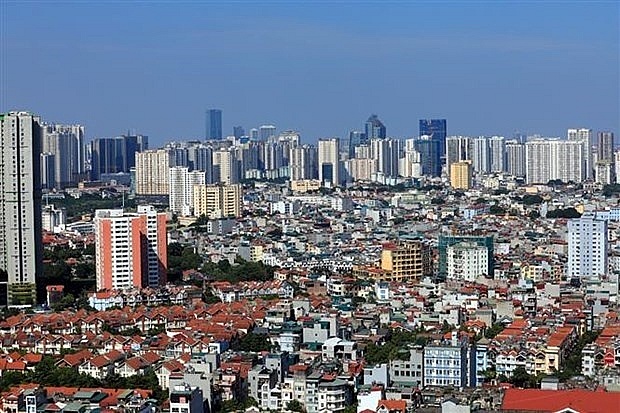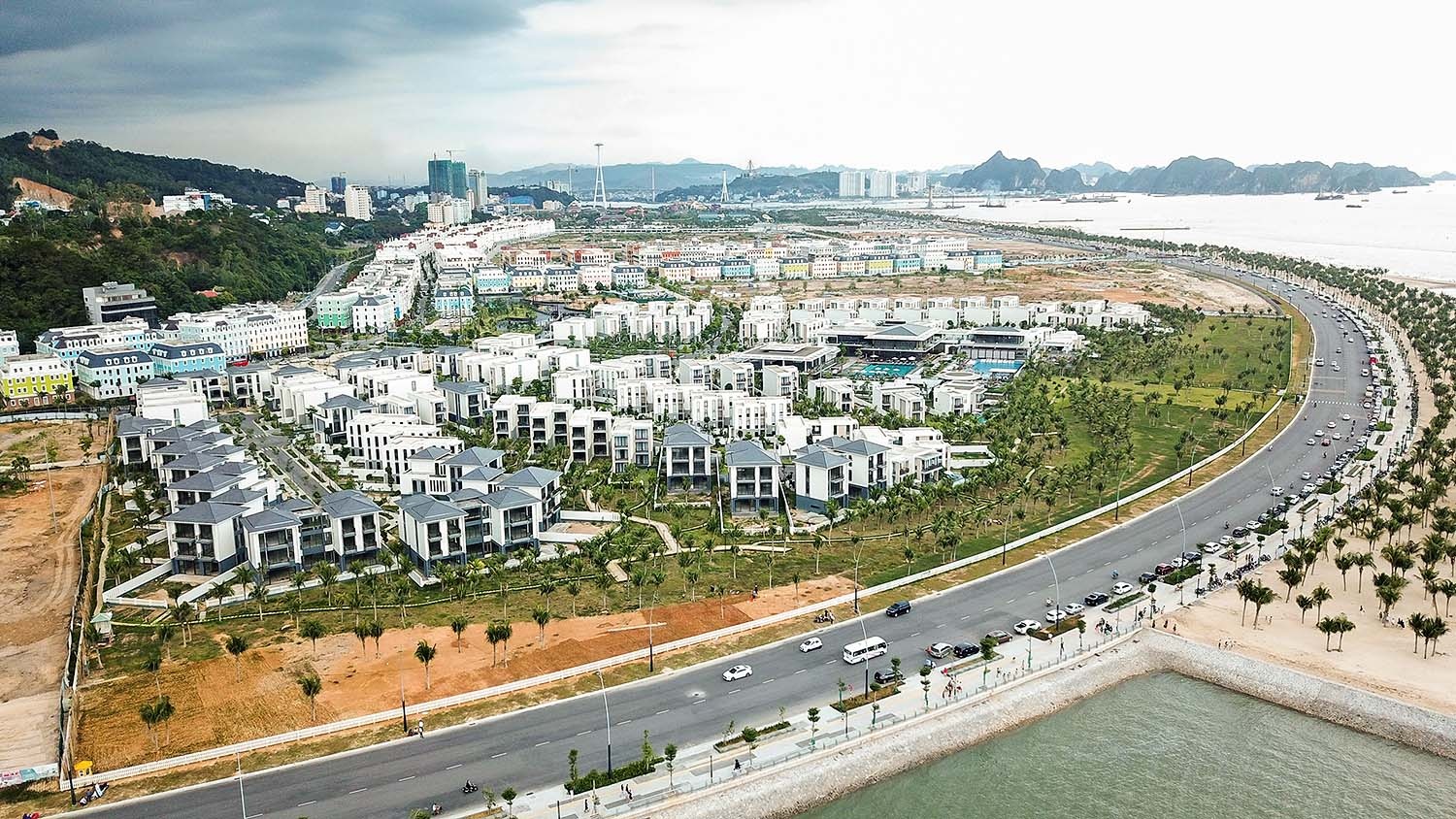Public investment to support real estate market
Public investment to support real estate market
It is hoped that extended involvement of public investment into related infrastructure development will help accelerate the prospects of the real estate market.
According to the Ministry of Planning and Investment, the National Assembly will approve a public investment plan in 2023 costing $29.5 billion, an increase of about 25 per cent compared to the 2022 plan and an increase of about $11 billion compared to the 2021 plan.
Vu Ngoc Quang, analyst from SSI Research, said that infrastructure development is a factor that investors must keep in their mind when investing in real estate, as this is the long-term growth engine of the industry.
“For example, in the northern market, Hanoi is re-planning urban areas on the banks of the Red River. In the south meanwhile, a range of large-scale infrastructure facilities are under construction such as Ring Road No.3, the metro lines, and Long Thanh International Airport. All of those constructions are pushing positive motivation for the real estate market,” Quang said.
According to Vo Hong Thang, deputy director of Research and Development at DKRA Vietnam, in today’s difficult times, investors who want to successfully catch up need to pay attention to several factors.
“They must be strong in finance, and avoid using loaned capital,” Thang said. “After that, when investing near infrastructure facilities, it is necessary to carefully consider the project’s legality, review local planning, and avoid spending money on unfeasible projects. In addition, investors need to control and filter information to avoid fake waves of information.”
Another important factor that cannot be ignored is the local population. Real estate value can increase in areas where urban areas have been formed with full facilities such as markets, hospitals, schools, and other public facilities.
“In the current volatile period, investors need to determine a strategy in the medium and long term to ensure expected profits because large traffic infrastructure projects often have prolonged implementation. So, it is necessary to have capital in their pockets,” Thang emphasised.
In the southern region, most of the key infrastructure projects under construction or planning pass through the southern province of Dong Nai, such as Long Thanh, Ben Luc-Long Thanh and Bien Hoa-Vung Tau expressways.
With investment from the government, Dong Nai’s transport infrastructure system has become more synchronous and internal transport routes are also well-invested. Besides that, the attraction of Dong Nai real estate also comes from the advantage of being located near Ho Chi Minh City. In addition, Dong Nai is home to over 30 industrial zones (IZs), with plans to open at least eight more by the end of the decade.
The speed of foreign investment attraction and development of IZs is the driving factor for real estate demand in Dong Nai, where more than two million workers live. Therefore, large-scale real estate developers such as Novaland, DIC Corp, Dat Xanh, and Nam Long are placing focus in the province.
Projects such as Aqua City from Novaland, Izumi City by Nam Long, and Gem Sky World of from Dat Xanh all reportedly have high absorption rates and good potential for price increases.
In Hanoi, meanwhile, bridges across the Red River, together with four ring roads linking Hanoi with Hung Yen and Bac Ninh provinces, are changing the landscape and real estate potential of a range of neighbouring areas.
Large-scale developers are joining these areas, including Vingroup, Ecopark, Masterise Homes, BRG Group, Eurowindow, and many others.




